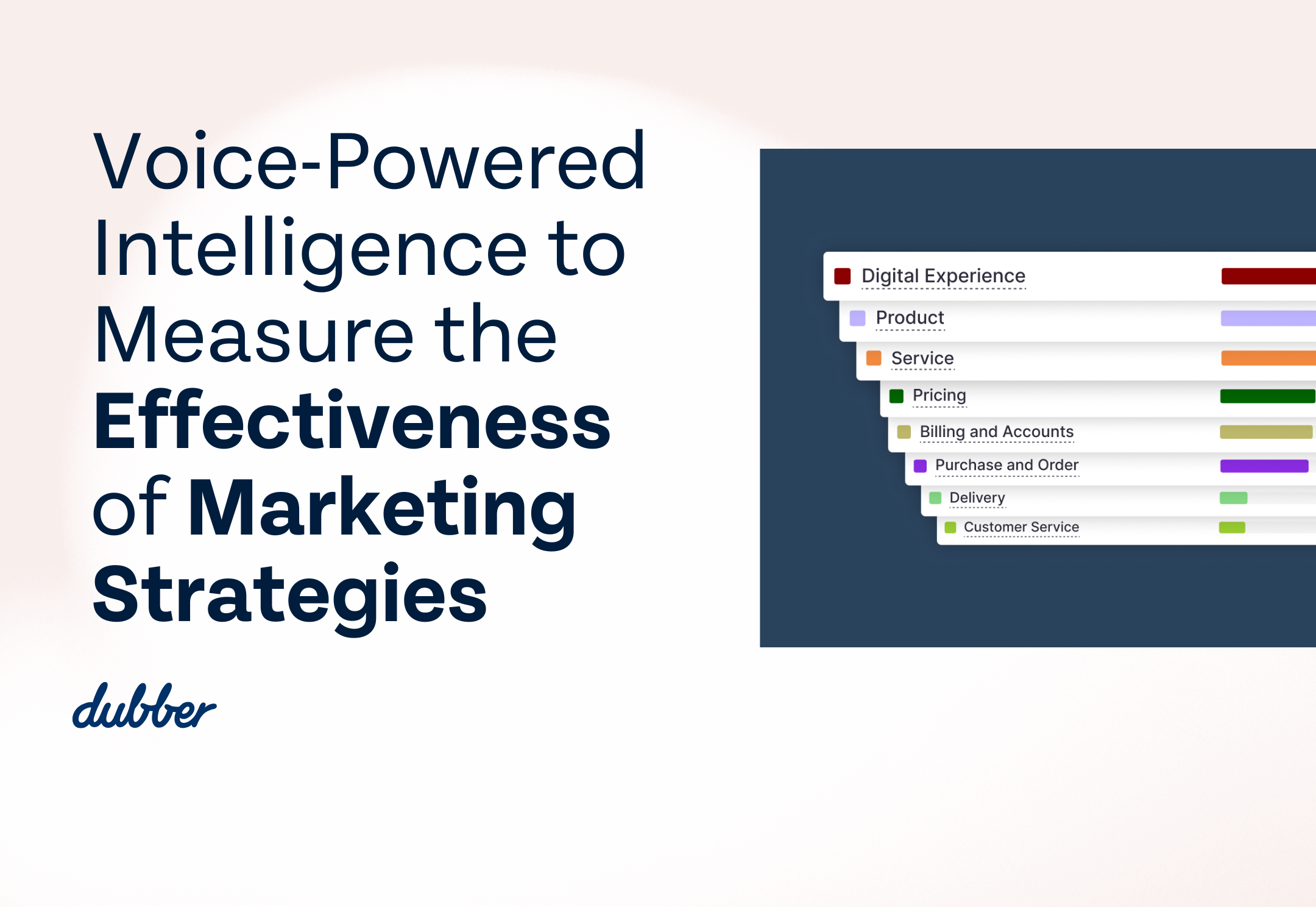

VR and the Future of Telcos
Virtual reality (VR) allows you to be transported to real or imagined locations instantly and can connect you to people all over the world. VR users hit 50 million in 2016 and the number of active users of VR is forecast to reach 171 million by 2018. The graph below shows how revenue has grown and is predicted to grow over the next few years. 360-degree video is already available on platforms such as YouTube and Facebook and continued investment from these companies and others including Google and Microsoft mean that VR technology is becoming more affordable every day.

Source: Superdata
The technology is set to transform a number of industries and affect on the way we work and interact with the world and each other. Developments in VR mean that live events such as concerts or sports games can be experienced from your sofa. A global audience can be reached from one venue with the help of a few cameras and some technology. Users can access live streams through VR headsets but also through their browser or mobile app.
A seamless experience
To create a 360-degree video, visual data from multiple cameras must be pieced together to create one video. Post-production of VR content begins with stitching and blending to create one seamless sphere of visual content. VR has continued to improve since its conception and now features immersive effects such as audio that matches the user’s visual experience so accurately that when a user looks away from something, the audio diminishes. Recording using binaural sound is key to this feeling of ‘presence’. For a successful VR experience, and a feeling of true presence, the stitching technology used to create the 360-degree environment must be of a high enough quality to produce a seamless experience.
The future of VR
Tech leaders are predicting that VR will compete with television in the future and are investing in livestreaming services that aim to distribute 360-degree VR content to users around the globe. Just as the internet has changed the way we consume media such as news articles, VR is expected to do the same to television. This entertainment value could be seen as a key area of investment for telcos looking to create a new revenue source after the decline in growth from voice, texts and, most recently, data.
Industry specialists such as CNET founder Halsey Minor believe that VR will be the next stage of growth for the content industry, while Goldman Sachs have stated that VR and AR have the potential to become the next big computing platform. Goldman Sachs have outlined their predictions for VR and AR use in 2025, which can be seen in the graph below. The World Economic Forum sees AR and VR as technologies that can transform daily life with their time and cost saving benefits. This growing industry should be capitalised on by any telco wishing to stay relevant in the future.
Goldman Sachs predictions for VR and AR use in 2025
An example of a telco that is investing in VR is SK Telecom, which is commercialising its 360-degree VR live broadcasting capabilities and planning to open its application programming interface (API) so that individuals and small content developers can create their own 360-degree live VR experiences.
At this stage, the development of VR is very experimental as challenges are identified and overcome. Poor internet speeds can impact the VR experience through heavily compressed images and the strain that VR will put on networks is an area of concern. Network capacity needs to be an area of investment, particularly at the user end of the journey, as VR requires around five times more bandwidth than HDTV as well as the low latency that is essential for a fully immersive experience. If users do not have the correct requirements, content will need to buffer and be stored locally – creating delays and limiting the interaction capabilities of the VR experience.
The next steps for VR will take the experience mobile. Immersive live VR broadcasting will work in tandem and become more widespread with the development of 5G due to the large bandwidth and low latency that are required for streaming. Network providers will play a key role in the realisation of VR, ensuring high quality connections to allow for a seamless immersive experience.


